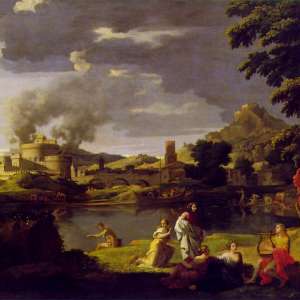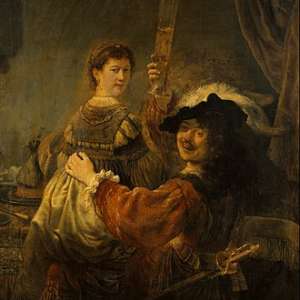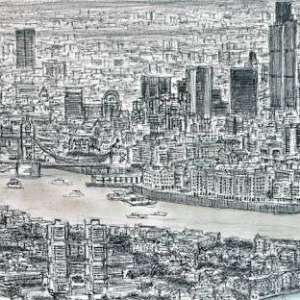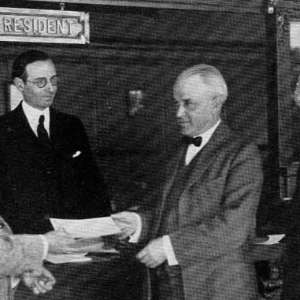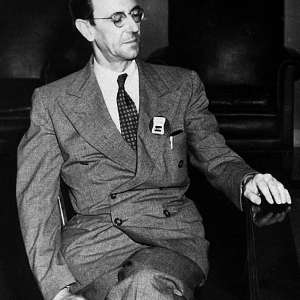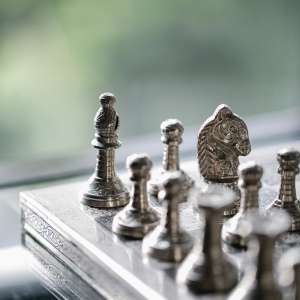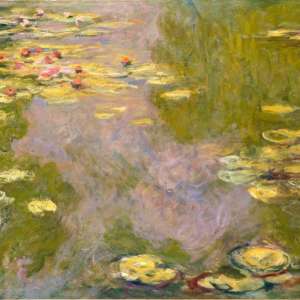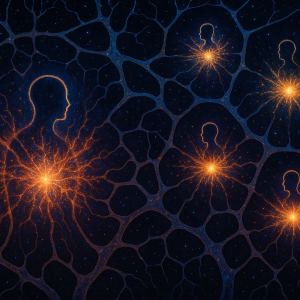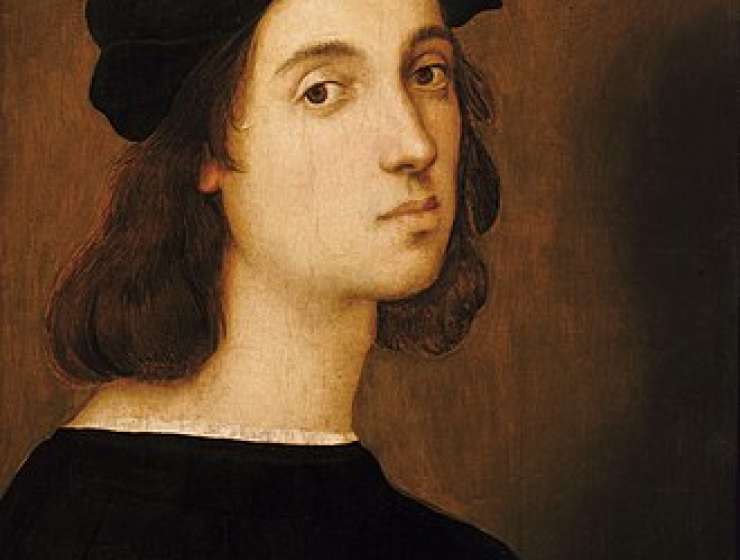
Renaissance Italy was a time of ruthlessness in politics and exquisite sensibility in art and culture, two extremes that shaped the life and art of Raffaello Sanzio, better known to the world today as Raphael. Younger than Michelangelo and Leonardo da Vinci, whose influences he absorbed—and then matched—Raphael was a great Renaissance artist of harmony, proportion, and grace.
Although his masterpieces served the naked power politics of the day, and were commissioned by influential churchmen, bankers and a pope, they were also infused with tenderness and subtlety. The 16th-century painter and biographer Giorgio Vasari wrote in his Lives of the Most Excellent Painters, Sculptors, and Architects: “Most artists have hitherto displayed something of folly and savagery . . . In Raphael, on the other hand, the rarest gifts were combined with such grace, diligence, beauty, modesty and good character that they would have sufficed to cover the ugliest vice.”


